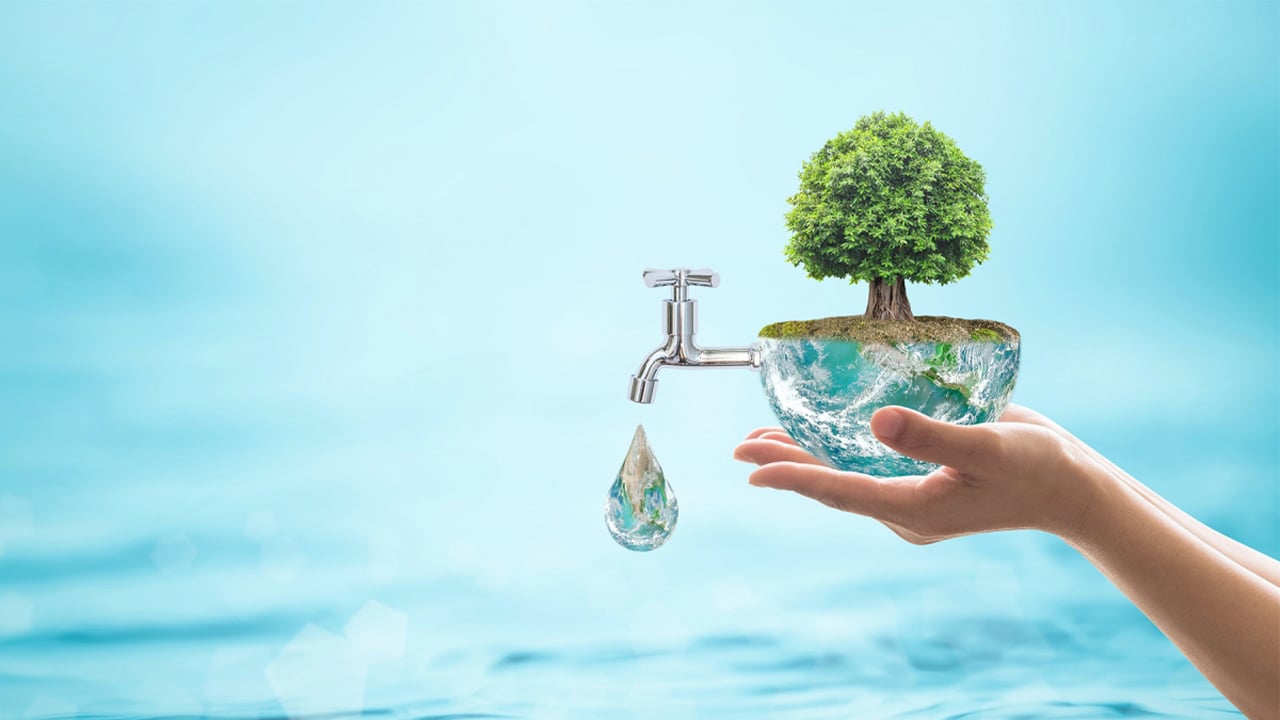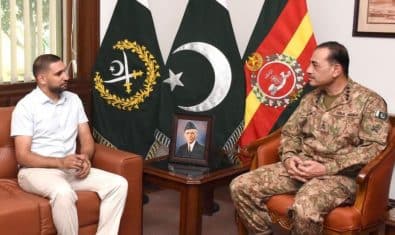By Aiysha Abbas Mirza
Water may be called as the ’mother’ of all developmental challenges for Pakistan. From food security and energy security to climate change adaptation and sustainable development, water underpins critical aspects of each of these grand challenges, therefore requiring a multidisciplinary approach to solving the Water-Energy-Food-Climate nexus.
More than 90% of freshwater resources in Pakistan are consumed by the agriculture sector alone. World Environment Day gives us an opportunity to revisit and realize the significance of important factors directly impacting our natural resources and sustainable reforms that can help to ensure the good health of our planet.
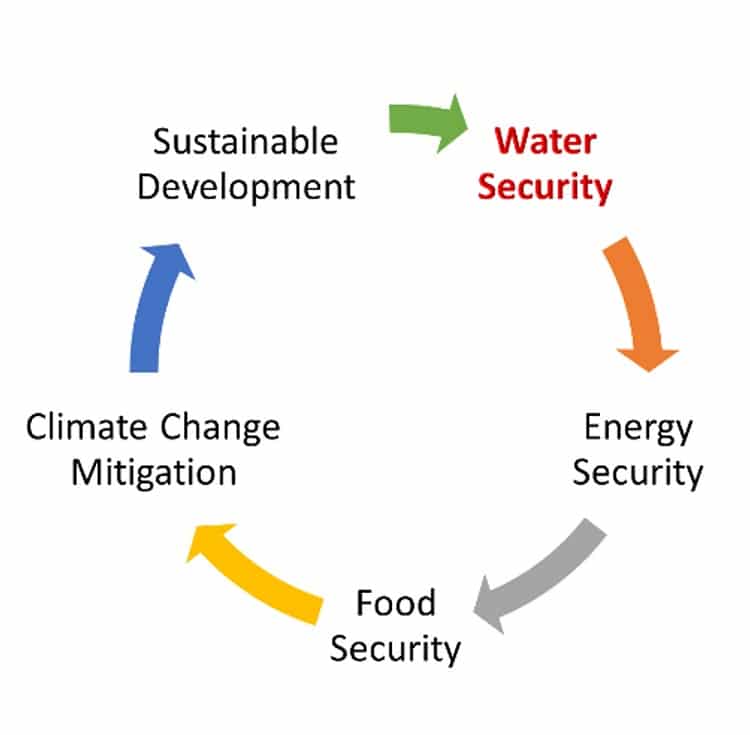
The Centre for Water Informatics & Technology (WIT) at LUMS is actively involved in research to increase the efficiency and equitability of water resources management by bringing together skills in hydro informatics, systems analysis, economics, and other disciplines to understand human-water interaction in the Indus basin of Pakistan.
Currently, we are exploring themes of digital water accounting in irrigation systems, the use of data-driven technologies for protection against hydro-disasters and climate shocks, the promotion of sustainable agriculture practices, and nature-based conservation solutions.
Indeed, a host of promising options, technologies, practices, and reforms are available for the demand management of our precious water resources.
WIT center addresses some key questions for policymakers: Will any of the proposed interventions work? In a recent work by WIT researchers, it has been highlighted that care should be exercised while investing in high-efficiency irrigation systems to avoid the so-called irrigation efficiency paradox faced by many countries around the world.
In another collaborative work, WIT researchers have set up integrated assessment models (IAMs) to find balanced investments between demand-based interventions (e.g., smart irrigation) and supply-based solutions (e.g., new reservoirs) or to compare the benefits of transboundary cooperation with regional rivalry in the Indus basin.
Agricultural practices themselves require attention and investment to make them sustainable for the people and the planet. In Pakistan, a majority of the farmers are categorized as smallholders.
There is a question whether these smallholder farms have a sustainable future in face of industrial-era technologies (mechanization, chemicalization, digitization) in agriculture.
There is a need to revisit conventional agriculture with the aim to minimize the environmental impact of the agricultural activity and move toward sustainable agriculture for small farm prosperity.
Many farmers worldwide are going towards what is known as Sustainable Intensification practices. These practices are also called by other names such as conservation agriculture, regenerative agriculture, and permaculture.
They lead toward minimal use of chemical inputs and help maintain their land, soil, and water. Some of the Sustainable Intensification practices include raised beds, mulching, no-tillage, no chemicals, minimal water usage, intercropping, precision seeding, etc.
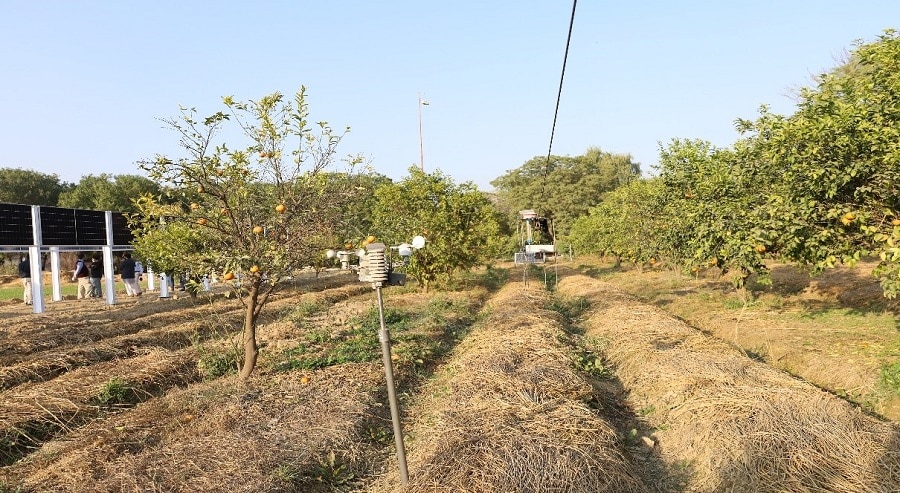
At LUMS Digital Agriculture Field, we have integrated digital Agri-Tech innovations with regenerative agricultural practices and created a testbed to study and compare sustainable agriculture practices with traditional agriculture practices.
WIT has brought together an interdisciplinary team of the NCRA-Agricultural Robotics Lab (NARL), Electrical Engineering, Computer Science, and Biology departments of SBASSE to co-design experiments in this living lab.
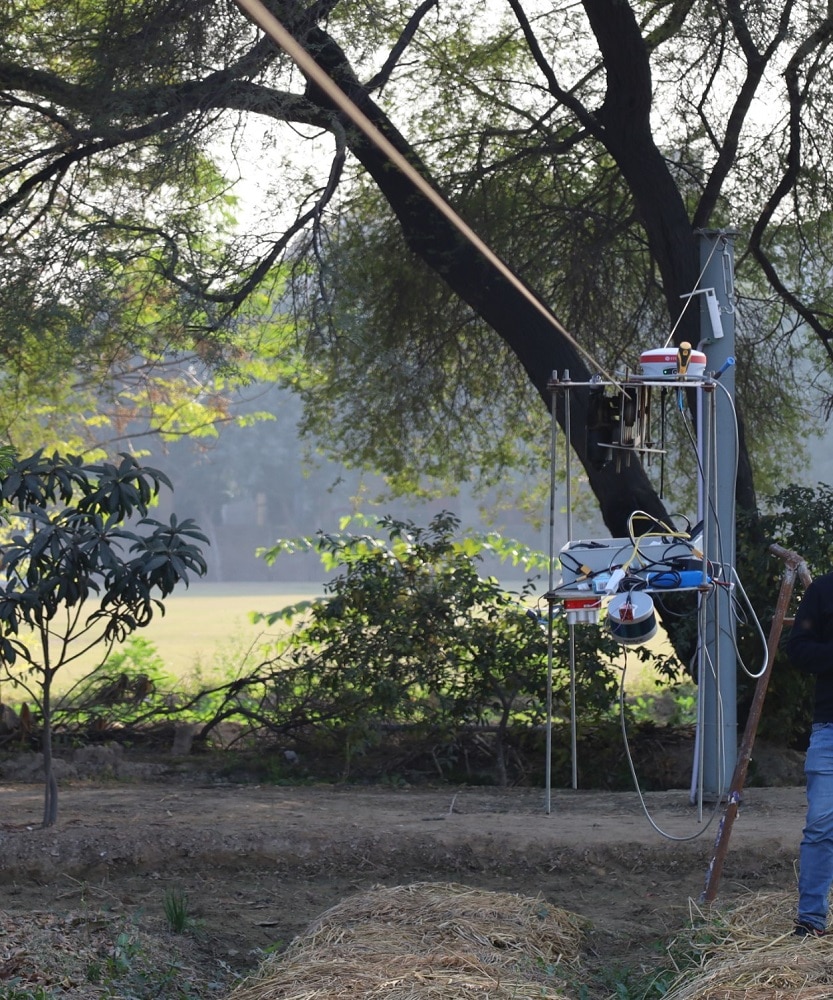
NARL uses advanced robotics platforms, laser scanners, cameras, and other digital innovations to compare one practice against the other, measure inputs, look at the phenotypes and quality of the crop, and help researchers and farmers evaluate one set of practices against the other.
WIT innovations are not limited to the lab, and we have rolled out innovations to the farms. For example, IoT Soil Moisture Sensors were developed by partnering with local industry.
The cost-effective technology helped conserve 20-30% of water usage in traditionally over-irrigated crops and positively impacted yield. WIT is fostering partnerships to create a digital agriculture advisory service for smallholder farmers to optimize their water usage for maximum productivity and mitigate climatic uncertainty.
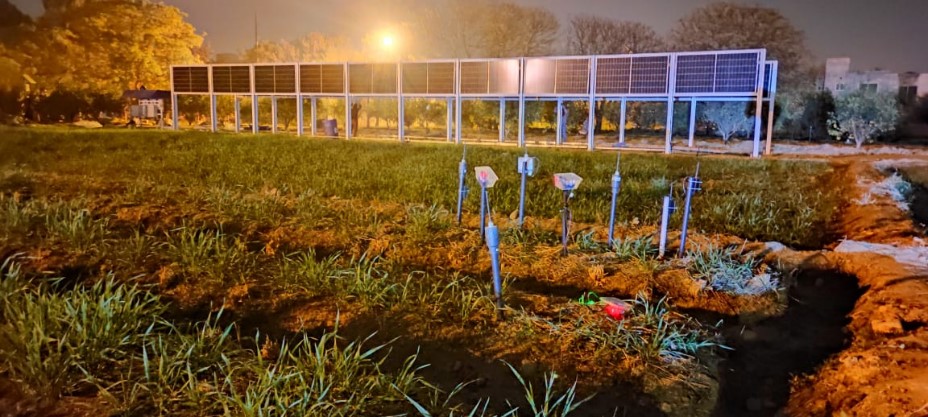
We need to invest in prolonging our planet’s good health and this investment needs not only great momentum but also careful planning. WIT hopes that its research will have a policy impact on the governmental and intergovernmental bodies to make impactful decisions for the people and the planet, by securing our water futures.
The author is a communications professional and analyzes social & environmental affairs.
